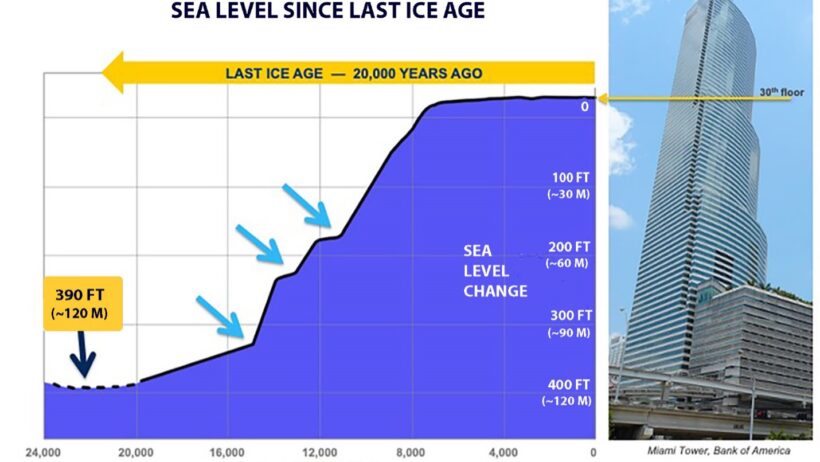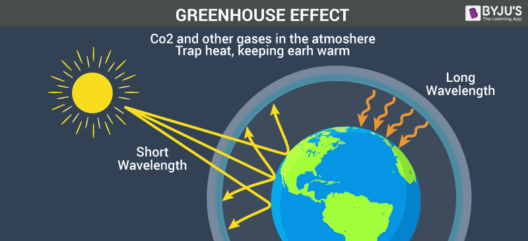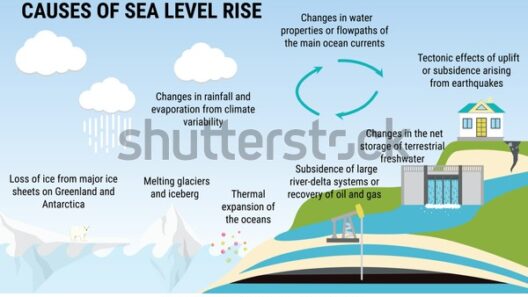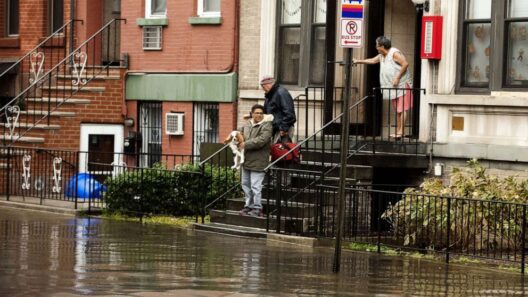Sea levels are not just numbers on a chart; they symbolize the ebbing tides of our planet’s health and humanity’s fate. Like a slow, relentless tide, the rise in sea levels is a signal of climate change’s unyielding grip. Understanding how quickly sea level is rising is essential, not only for scientists but for anyone who inhabits coastal regions or values our world’s ecosystems. The urgency of this phenomenon cannot be overstated, as it brings into focus risks that extend far beyond the shorelines.
The world’s oceans, like a vast diaphragm, expand as they warm and acquire additional water from melting glaciers and ice sheets. However, the rate of this rise does not conform to a single narrative; it varies greatly across different regions. For instance, while on a global scale, sea levels are rising at an average rate of about 3.3 millimeters per year, some areas are experiencing this increase at a much more alarming rate. Understanding these regional disparities provides insight into the intricate ballet of climate systems, influenced by local geography, ocean currents, and climatic events.
Let us navigate through this complex web of influences that dictate the speed of sea-level rise.
The Dangers Lurking Beneath: Regional Variations in Sea-Level Change
It is crucial to recognize that sea-level rise is not uniform. Areas like the Gulf Coast of the United States are witnessing an alarming phenomenon, with rates up to 10 millimeters per year in some locales. This variance is due in part to land subsidence in addition to the effects of warming seas and melting ice. As the ground sinks, the rising tide increasingly encroaches upon coastal communities, transforming once-thriving areas into looming epicenters of ecological and economic instability.
Conversely, regions like the western Pacific, particularly the Marshall Islands, confront the combined threats of sea-level rise and natural disasters. Here, the narrative becomes one of resilience and survival. The rise of just a few millimeters can lead to the loss of entire islands, forcing entire populations to adapt or migrate. The delicate balance of life, culture, and livelihood hangs by a thread—a poignant reminder of how interconnected and vulnerable our global community truly is.
A Geologic Canvas: The Role of Local Topography and Geography
Different coastlines tell unique stories—carved out by geological processes, shaped by the forces of erosion, and modified by human interaction. The interplay of topography can exacerbate or mitigate the impacts of rising seas. For instance, some regions with steep coastal cliffs may see less impactful inundation than areas with flat, low-lying plains, which can transform into vast, vulnerable floodplains with surprising swiftness. Additionally, places characterized by estuaries or deltas, like the Mississippi River Delta, face a compounded effect where rising sea levels interact with ocean currents, further complicating the issue.
Climate change amplifies these effects; phenomena such as the El Niño Southern Oscillation (ENSO) can temporarily elevate sea levels in certain regions, creating a precarious balance between short-term events and long-term trends. The fusion of natural processes and anthropogenic impacts creates a mosaic of risks that varies dramatically from one coastal community to another. Each location requires forward-thinking strategies that encompass vulnerability assessments tailored specifically to regional conditions.
A Ripple of Change: Socioeconomic Implications of Rising Tides
As the waters rise, the economic implications ripple outward, touching agriculture, infrastructure, and housing markets. Coastal mega-cities like Miami face a double-edged sword; they flourish on the economic advantages of their proximity to the ocean, yet they are also jeopardized by the increasing frequency of flooding and storm surges. Urban planning must evolve, integrating resilience measures against sea level rise into the fabric of their communities. The cost of inaction grows with each passing year, as displaced populations and damaged infrastructures lead to skyrocketing expenses, imposing additional burdens on government resources and societal stability.
Meanwhile, the agricultural sector braces for impact. Farmers in coastal regions are witnessing saltwater intrusion, which compromises freshwater supplies and affects crop yields. Decreased agricultural viability directly threatens food security both locally and globally, exposing a web of vulnerabilities that tie food systems to rising sea levels. The urgency for innovative resilient agriculture becomes paramount as communities work to adapt to their shifting realities.
The Coastal Watch: Preparing for Tomorrow’s Tides
In the face of sea-level rise, the need for robust, actionable strategies is evident. Communities must come together to craft adaptive measures, whether it be through living shorelines, enhanced flood defenses, or implementing policies that prioritize sustainable development. Knowledge sharing and interdisciplinary collaboration among scientists, policymakers, and communities will play an essential role in fortifying our defenses against the tides of change.
As we peel back the layers of this complex issue, it becomes increasingly clear: understanding the speed of sea-level rise is crucial, not merely for coastal dwellers, but for all who care about the planet’s health. Facilitating dialogue and fostering capable responses within coastal communities offers a glimmer of hope amidst an evolving crisis. Together, we may yet weather the storm, seeking out solutions that will allow us to coexist with the powerful forces of nature that surround us.
The tides are rising, but so too is our resolve to meet the coming waters with understanding, action, and resilience.







